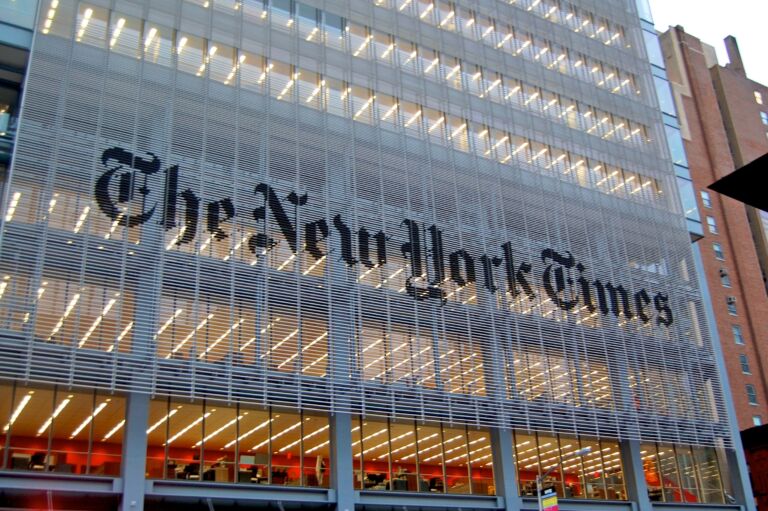- Critical race theorists argue that white supremacy is an underlying structure at the heart of American institutions, social structures, and professed ideals
- Marxism offered a starting point for the development of Critical Theory and Postmodernism in the twentieth century. These intellectual movements sought to extend Karl Marx’s critique of capitalism to other aspects of society, politics, and culture
- Starting in the 1970s, a group of legal scholars borrowing heavily from Critical Theory and Postmodernism began creating an intellectual foundation that would become critical race theory
Critical race theorists believe that racism is systematic and structural. Dominant groups use racism systematically to maintain imbalanced power relationships with historically oppressed groups. Moreover, they contend that white supremacy is an underlying structure at the heart of American institutions, social structures, and professed ideals. But white supremacy is so deeply embedded in the normal, day-to-day life of Americans that people seldom notice that it is operating to impart advantages or “privilege” to some at the expense of others.
Critical race theorists contend that white people are complicit in the production and reproduction of systemic racial injustice. White people express their racial biases through their interactions with people of color, even if they do not realize it. White people from all walks of life tolerate racism because they benefit from it materially or psychologically, while people of color accept it because they have found that it is in their best interest to do so.
What is the origin of these controversial ideas?
Philosophers and academics working in Europe and later the United States developed the foundational concepts of critical race theory starting in the mid-nineteenth century. Marxism offered a starting point for a generation of writers in the twentieth century who sought to extend Karl Marx’s critique of capitalism to other aspects of society, politics, and culture. Collectively, these thinkers and their volumes of poorly written essays and treatises would be called Critical Theory and Postmodernism.
Starting in the 1970s, a group of legal scholars borrowing heavily from Critical Theory and Postmodernism began creating an intellectual foundation that would become critical race theory. Derrick Bell, Richard Delgado, Charles Lawrence, Mari Matsuda, Patricia Williams, Alan Freeman, Cheryl Harris, Kimberlé Crenshaw, and dozens of other academics and writers were dismayed that civil rights victories in the courts failed to weaken racism or mitigate unequal outcomes across racial, ethnic, gender, socioeconomic, and various other identity groups. The precursor to critical race theory, called critical legal studies, cultivated a substantial body of academic and popular writing that highlighted the relationship between racism, law, and power.
Critical race theory made a brief public appearance in 1993 when Pres. Bill Clinton nominated Lani Guinier for assistant attorney general for the Civil Rights Division at the Department of Justice. Guinier was a professor at the University of Pennsylvania Law School at the time, and her research and writing leaned heavily on critical race theory. But neither Guinier nor critical race theory was ready for prime time. Criticism of her scholarship, particularly arguments in favor of proportional voting and race-based electoral districts, torpedoed her nomination.
Afterward, the concept retreated to the friendly confines of colleges and universities, where it remained and spread into other academic disciplines throughout the 1990s and early 2000s.
A series of high-profile deaths in 2014 renewed attention to the perceived failure of core institutions to protect people of color. The tragic killings of Eric Garner, Michael Brown, Laquan McDonald, and Tamir Rice in 2014 gave rise to vocal organizations purporting to highlight the persistence of racism who likewise identified a need for new strategies to address it. The killings of Breonna Taylor, George Floyd, and others would reinforce and accelerate those efforts.
A rising generation of activists that eventually coalesced in the Black Lives Matter movement found that critical race theory offered a fully developed vocabulary for describing race and racism in American society and, more importantly, a theory of action to eliminate it. In fact, one of the distinguishing features of critical race theory is that it was never designed to be a benign concept occupying the minds of university professors and pages of obscure academic journals. Instead, it is a movement that demands its adherents transform supposedly racist institutions, structures, and ideals through hardline activism.
As the racial justice movement began to assert its assumed moral authority by declaring American institutions and social structures to be inherently racist, many of those institutions declared their allegiance to the cause. This included proclamations of solidarity with protesters, mandatory EDI (equity, diversity, and inclusion) training, modifying personnel practices, and making physical and symbolic changes to things deemed offensive or racist. As a result, critical race theory boasts a fully developed network of devotees working within public schools, corporations, government, the military, the media, and institutions of higher education. Those who oppose these efforts are told to capitulate to the demands of activists or face retribution.
As part of its activist orientation, a growing list of nonacademic books simplified critical race theory’s sometimes challenging academic prose for general audiences. These include “How to Be an Antiracist” by Ibram X. Kendi, “Between the World and Me” by Ta-Nehisi Coates, and “White Fragility: Why It’s So Hard for White People to Talk About Racism” by Robin DiAngelo. Kendi, Coates, and DiAngelo are ubiquitous in the media and the lecture circuit. They demand top dollar for leading training and professional development programs for schools, corporations, and nonprofit groups. In addition, Kendi’s “Antiracist Baby,” Mahogany L. Browne’s “Woke Baby,” and Innosanto Nagara’s “A is for Activist” are among dozens of books that simplify critical race theory concepts for parents and children.
The future of critical race theory is unclear. From my vantage point of working in K-12 education, I am encouraged by those who voice objections to the use of CRT-informed curricula and behavioral programs in public schools. Unfortunately, that may not be enough to deter “woke” educators from using their classrooms to influence the beliefs of their impressionable students.


